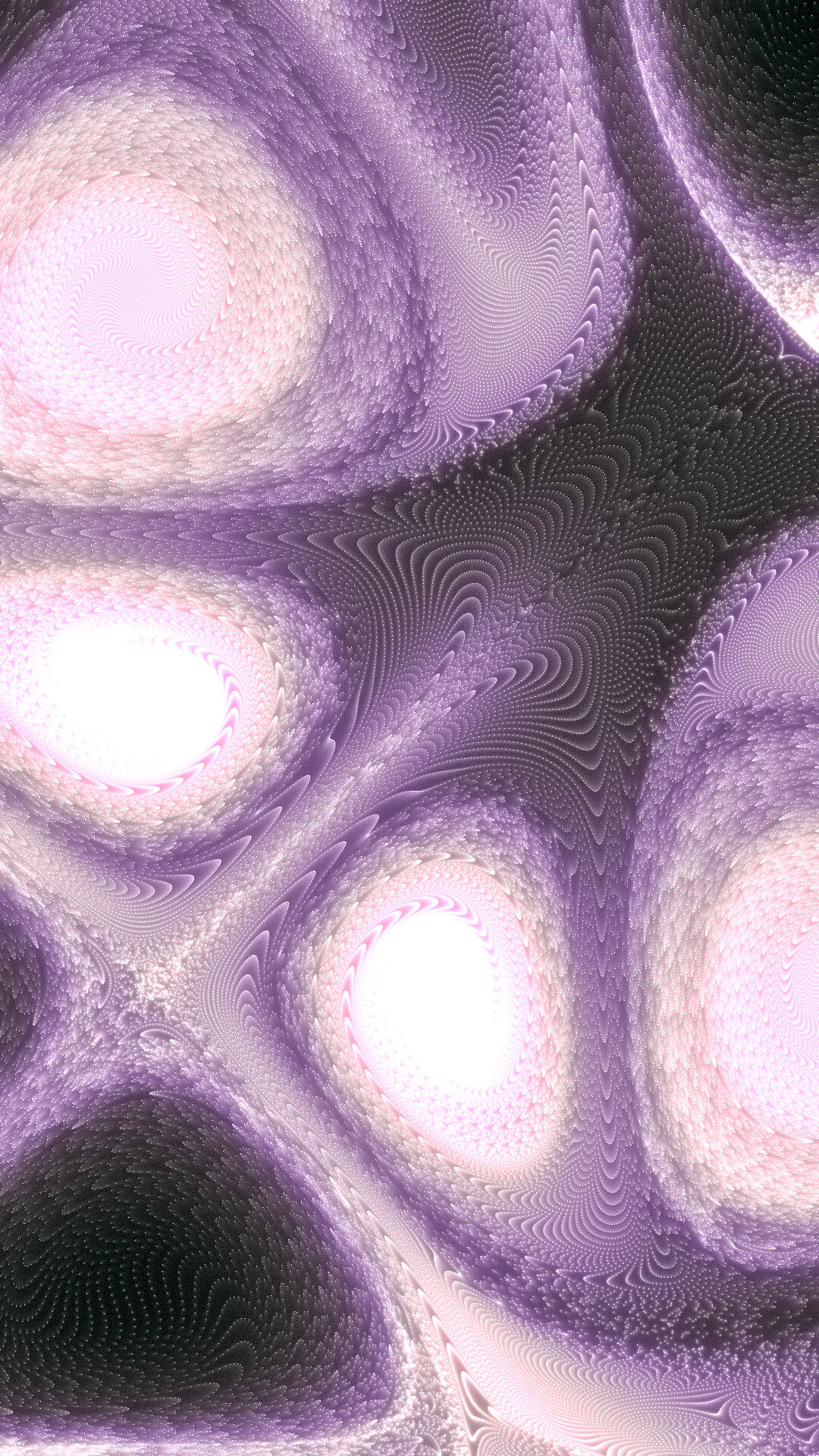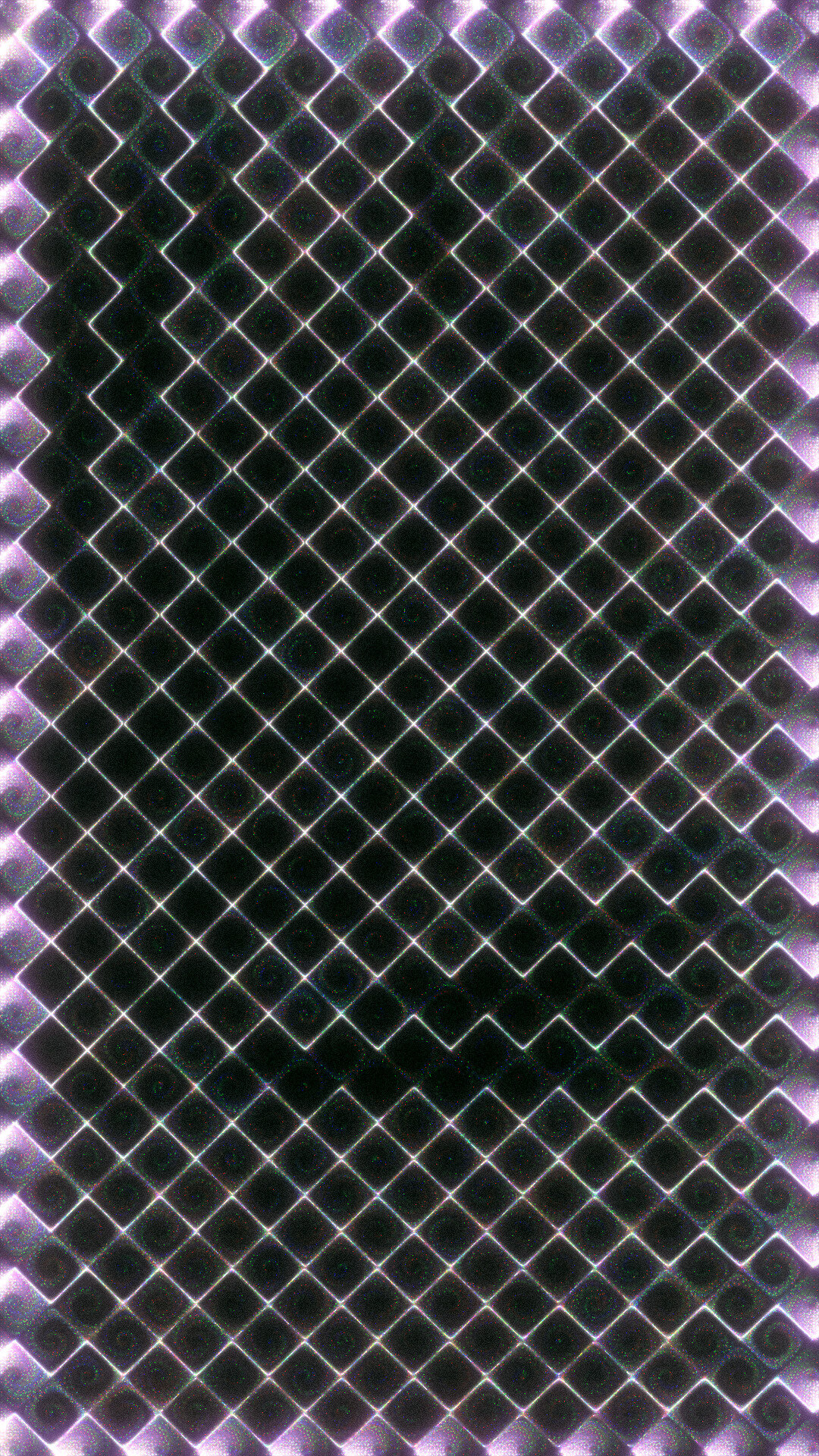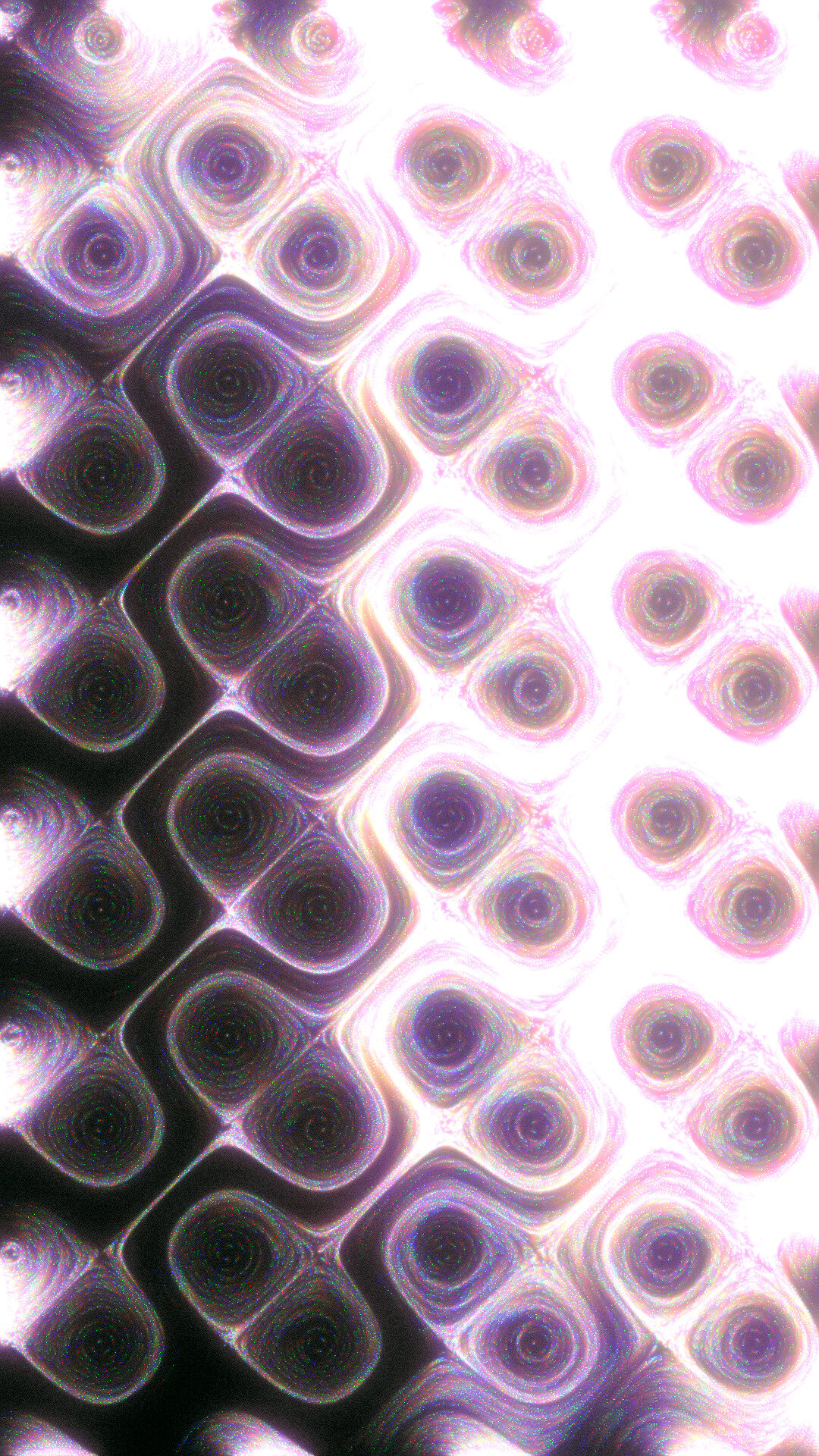
Chladni figures
2023
Digital
Exploring digital Chladni figures
Chladni figures are intricate geometric patterns that form on the surface of a vibrating plate or membrane. They are named after Ernst Chladni, a German physicist and musician who studied acoustics and vibrations in the 18th century.
The Chladni figures are created by spreading a thin layer of fine particles, such as sand or salt, on the surface of a flat plate or a membrane. When the plate is vibrated with a bow, a violin string, or another mechanical device, the particles on the plate move and rearrange themselves due to the vibrations. The areas where the plate vibrates at higher frequencies and amplitudes tend to have less particles, while the nodes, where the plate remains stationary, have more particles.
As a result, the particles gather along the nodal lines, which are regions of minimal movement and maximum stability. These nodal lines correspond to specific vibrational modes of the plate, determined by its shape, size, and boundary conditions. The patterns that emerge can be incredibly intricate and beautiful, resembling intricate geometric shapes like circles, ellipses, squares, and more complex designs.
Chladni figures have played a significant role in the understanding of acoustics and the study of vibration. They provide visual representations of the modes of vibration of various shapes and structures, offering insights into the fundamental principles of resonance and wave propagation.



The underlying code for the generation of the figures is written in GLSL. The function to generating these patterns for a center fixed plate basically boils down to
cos(n * PI * uv.u/l) * cos(m * PI * uv.v/l) -
cos(m * PI * uv.u/l) * cos(n * PI * uv.v/l)
Where l represents the physical sidelength of the plate, n is the amplitude of the vibrations, moving the intrinsics of the figure & m controls the repetition of the pattern.
The resulting figures are used as input for different velocity functions which move a particle system of around 2 million particles.
Most of the particle system and the effects is programmed in Touchdesigner and runs at 60 FPS.


